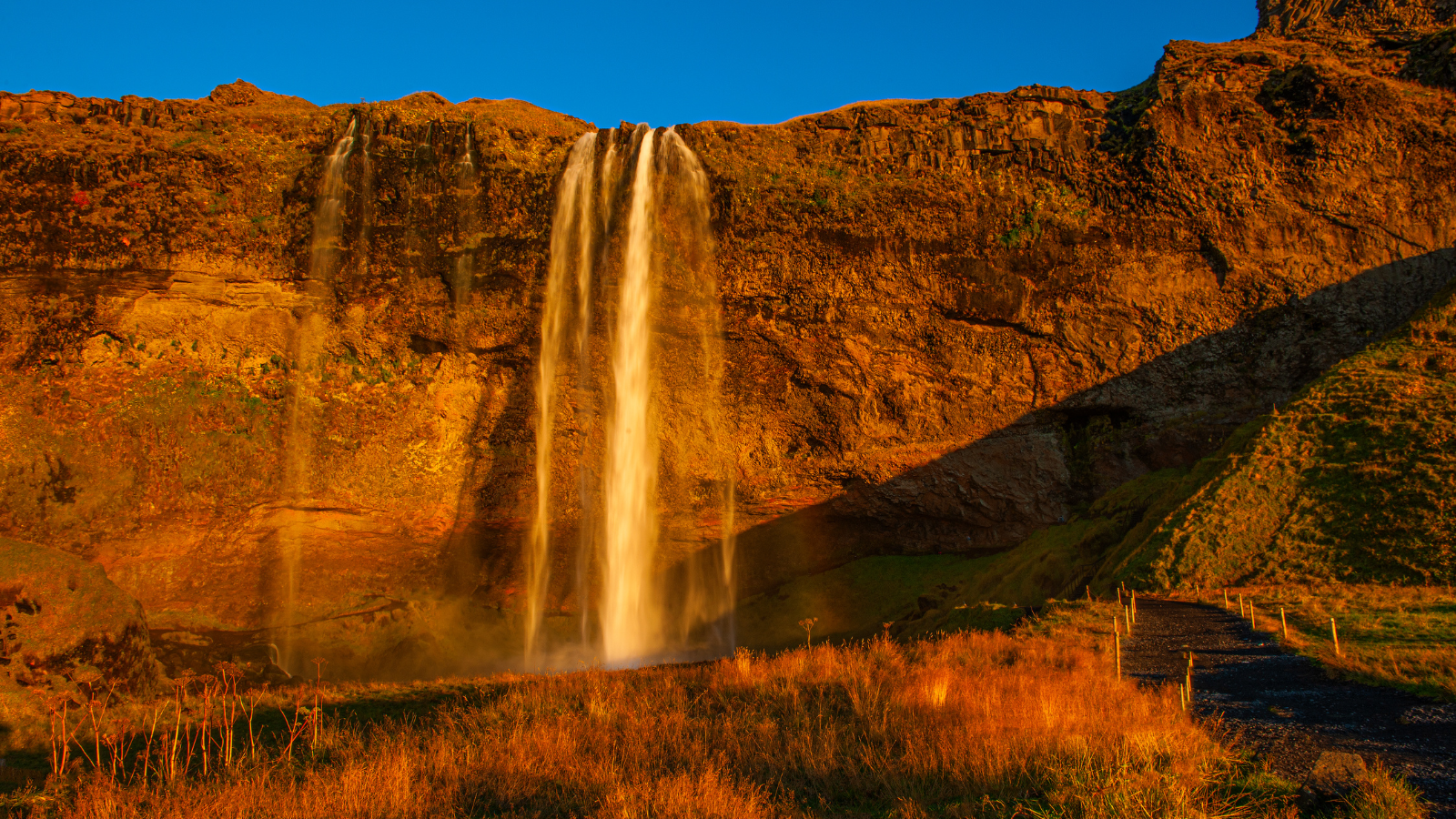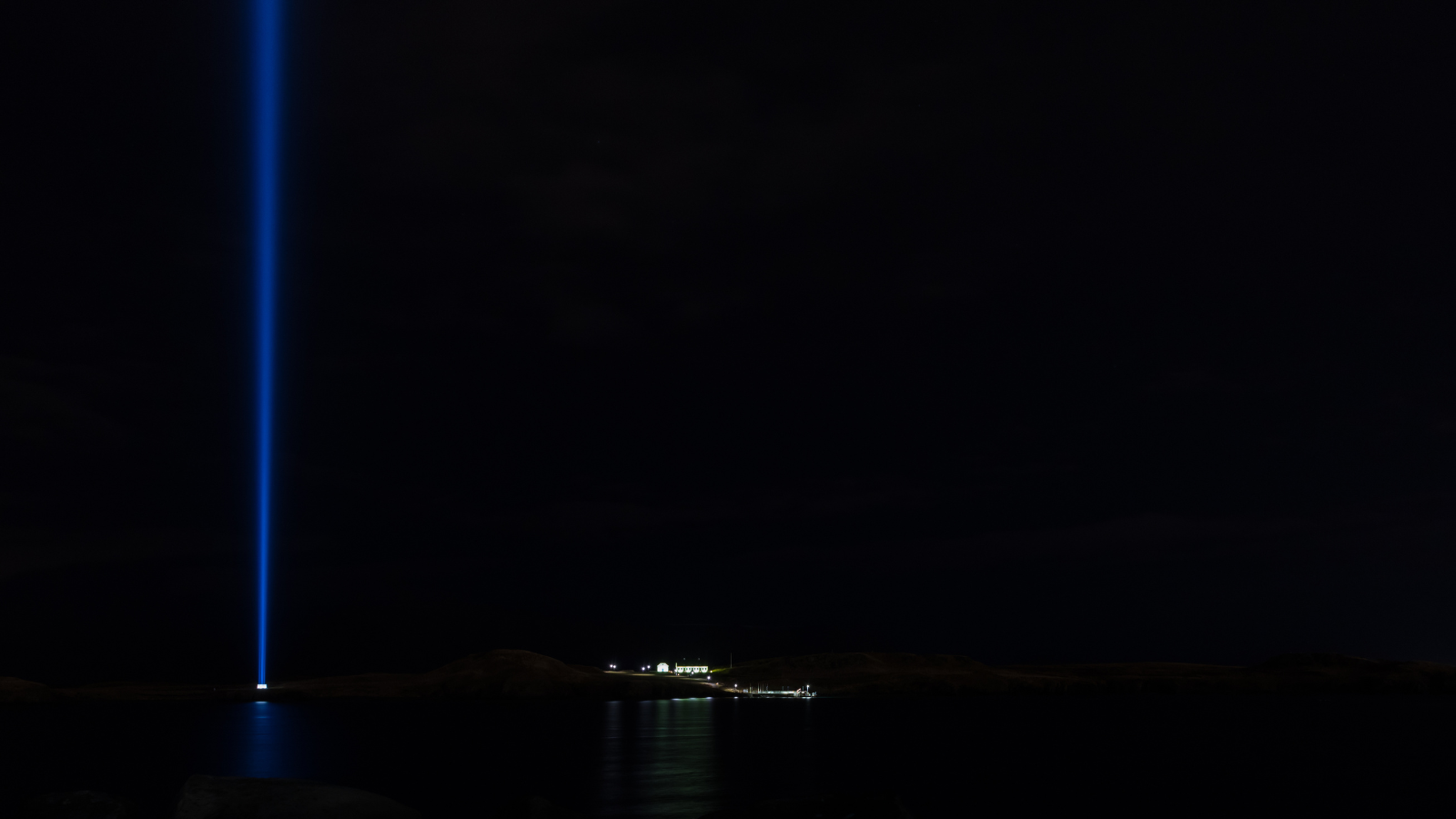
If you’re considering a shoulder-season visit to Iceland, October is a great time to travel. With significant daylight hours to explore the country, far fewer tourists than in the heights of summer, as well as the chance to spot the Northern Lights, October poses a great opportunity for the perfect Icelandic adventure.
October is the beginning of winter in Iceland, not yet in the darker, colder winter months. This can be great for glimpsing the Northern Lights, as the skies are dark but more likely to be clear of cloud cover. This can be a huge pull for those visiting the Nordic island during this shoulder season.
Plus, October remains a far less popular time to visit than June-August. That means you can enjoy the most popular tourist attractions, from the capital city to the Blue Lagoon, with fewer crowds.
Let’s take a look at the weather, average temperatures, and the best things to do in Iceland’s October.
Weather and Temperatures in Iceland in October
While the Midnight Sun is long gone, and with it the warmer months, October sees considerably higher temperatures and less precipitation than the depths of winter. Let’s break down the details.
Iceland Temperature in October
It’s important to remember how unpredictable the weather in Iceland can be. Weather, temperatures, and rainfall can vary from day to day and even minute to minute. On average, these are the temperatures you can expect from October.
- Reykjavík & South Iceland: 19°F (-7.2°C) to 59°F (15°C)
- Outside of Reykjavík: Generally cooler, with averages of 30°F (-1°C) to 40°F (4°C)
Rain and Wind in Iceland in October
- Rainfall: October is one of the wetter times of the year in Iceland, with an average of 3 inches (77 mm) of precipitation falling across the entire month. While you’re unlikely to see snow in the capital and the majority of the country, you may see some snow or ice if you are traveling to the far north of the island.
- Wind: Generally, Iceland is a very windy country. The average wind speed across the month of October is 12 miles an hour, but it’s always important to check the weather forecast if you’re planning a day out in the elements.
Daylight Hours in Iceland in October
October benefits from being in the shoulder season, so visitors during this month can still catch 12 hours of sunlight at the beginning of the month, dropping down to around 8 hours towards the 31st. At the beginning of the month, sunrise is around 7:37 am and sunset is around 6:56 pm. By the end of the month, the sun rises at 9:08 am and sets at 5:13 pm.

What to do in Iceland in October
Every month in Iceland is a unique time to visit, with a specific combination of activities that are available to visitors. October is no different, with a surprising amount of wildlife spotting to be done and exhilarating outdoor activities for those more adventurous.
See the Lighting of The Imagine Peace Tower
If you’re planning to stay in Reykjavík during October, you won’t be able to miss the Imagine Peace Tower. This monument was built to honor John Lennon, created by Yoko Ono, and is located on the small island of Videy off the coast of the capital. The structure has “Imagine Peace” written across it in 24 different languages and is built with a light able to send a beam several hundred meters upwards. On October 9th, the monument is lit and remains lit until December 9th.
Spot the Northern Lights
October is the first month of the year when the sky is dark enough at night to be able to spot the aurora borealis. Of course, it’s important to note that this is never a guarantee, as several factors are required for the perfect shot of the Northern Lights. With clear, dark skies, strong auroral activity, and some luck, you might just tick this one off your bucket list in October!
Go Whale Watching
While the summer is Iceland’s peak when it comes to whale watching, with almost guaranteed sightings, you shouldn’t write off October! September and early October are known to still see several whale species off the coast. What’s more, boat trips are often available that offer the chance to combine whale watching and a hunt for the Northern Lights!

Ice Cave Exploration
Now that the cooler temperatures are setting in, some ice caves will begin to open to the public in late October. With temperatures varying so much in October, you should do your research before setting your heart on an ice cave tour. However, if open, you’ll be one of the first to enter the hollowed-out depths of monstrous glaciers in Iceland. If you don’t want to risk missing out, it’s worth noting that the Katla Ice Cave tours run all year.
Hot Springs & Geothermal Pools
To stave off some of the colder days, hot springs and geothermally heated pools are popular things to do in Iceland in October. The Blue Lagoon is perhaps the most famous and the most well-equipped geothermal spa in the country, but the Secret Lagoon and even swimming pools in Reykjavík are ideal and less busy alternatives. These locations are bound to be less busy than in Iceland’s peak summer months.
Road Trips like the Golden Circle
With the worst of Iceland’s winter still to kick in, October can provide great conditions for road trips around the country’s well-paved roads. While the Highland roads are strictly closed after summer, the outskirts of the island make for lovely road trips in October. The Golden Circle is ideal to explore year-round, perfect for ticking off some of Iceland’s best and most iconic attractions. And in October, these locations are bound to be less crowded than they might be from May to August.
For comfortable and fun road trips in Iceland, browse our range of hire cars. With easy Reykjavík pick-up and flexible insurance packages, you’ll find our fleet one of the most affordable in Iceland. Book today and plan your October adventure!